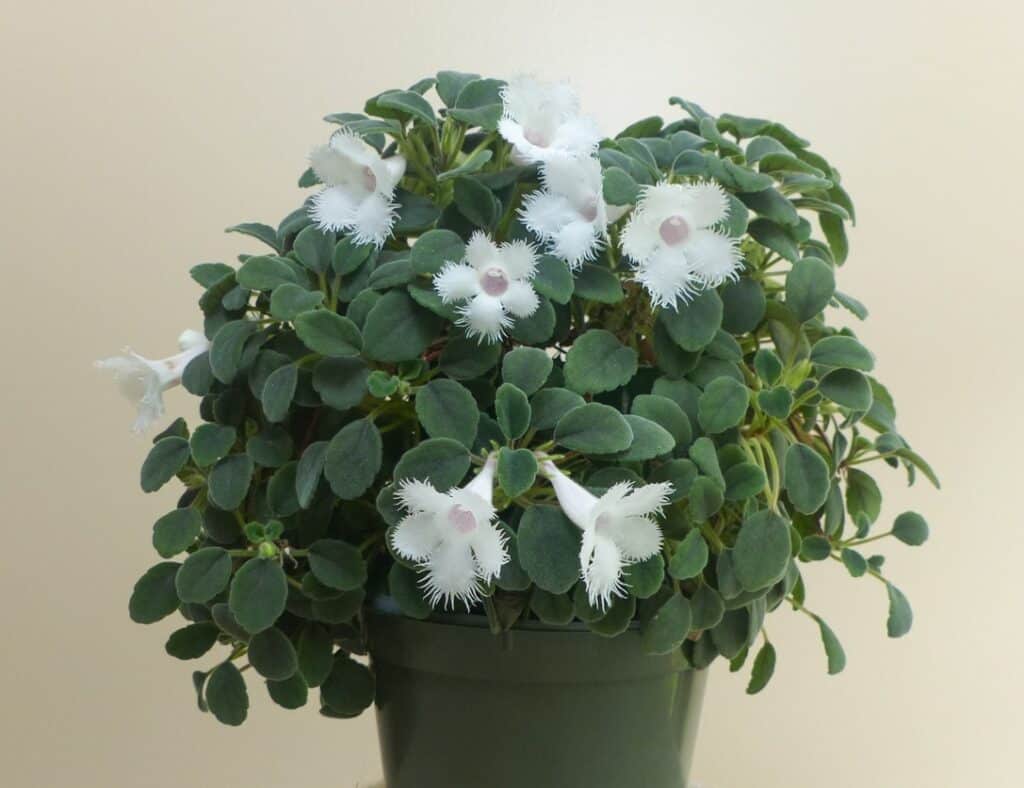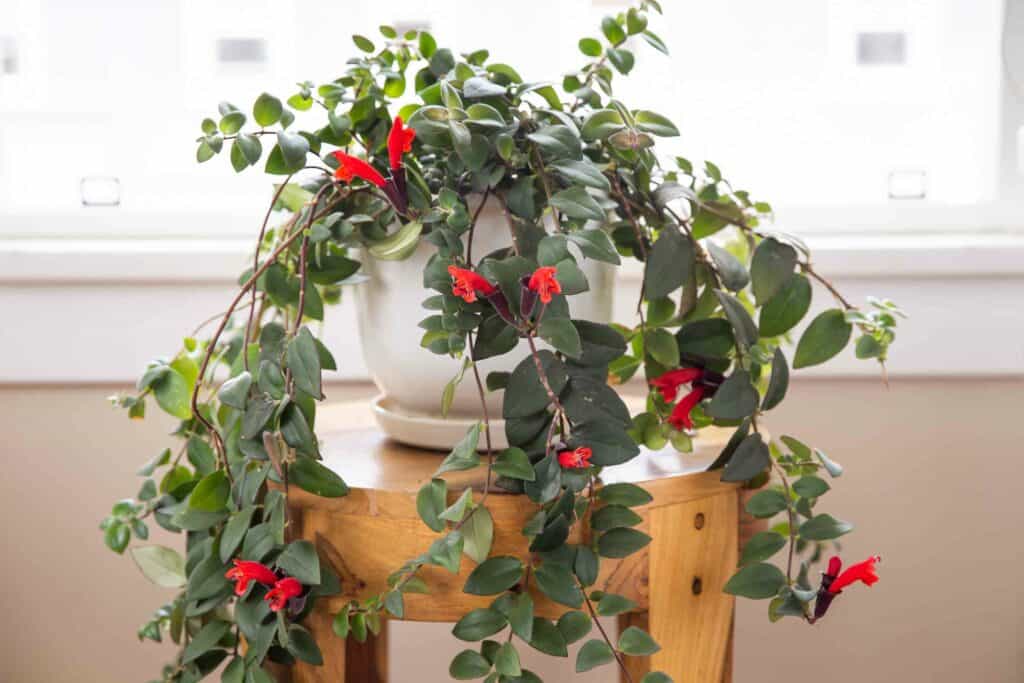A common concern for people interested in entering the houseplant hobby (and it is an addicting hobby) is finding plants that are safe for pets, especially cats and young children. Cats are notorious plant nibblers, and children are often curious about bright, beautiful new things that come into the home. Many houseplants are mildly toxic, such as ordinary greenhouse finds like Dieffenbachia or Dumb Cane. A few are incredibly poisonous and can significantly harm animals and humans, like the Euphorbia cactus family. Read on for a list of 50 beautiful, elegant plants that will add color and vitality to your home without putting your beloved family and pets at risk!
50. Christmas Cactus

Many cactuses are unsafe for children and pets due to toxins or the long, sharp spines that make cacti famous. However, the Schlumbergera genus of cacti is a beautiful, safe addition to your home that not only adds green but a pop of color through its unique flowers. The Christmas Cactus is a hardy green cactus native to Brazil that flowers around Christmas in the northern hemisphere, hence the name. It is typically relatively easy to find Christmas Cacti in greenhouses and home improvement stores from Thanksgiving to Christmas, so keep your eyes open for this mostly spineless and non-toxic cactus!

There are also Thanksgiving and Easter cacti from the same family with slight variations in the leaves and tend to bloom around their respective holidays in the northern hemisphere. Both variations are also non-toxic and safe for pets and children. The flowers can range from white to a deep purple and have a unique, almost shrimp-like appearance. They’re a low-maintenance plant, requiring only infrequent watering, and they can tolerate less sunlight than most cacti need. These plants are also common and very inexpensive. They are often available on clearance at grocery stores after the holidays for as little as $1. The Christmas Cactus is a great starter plant or gift!



































































































